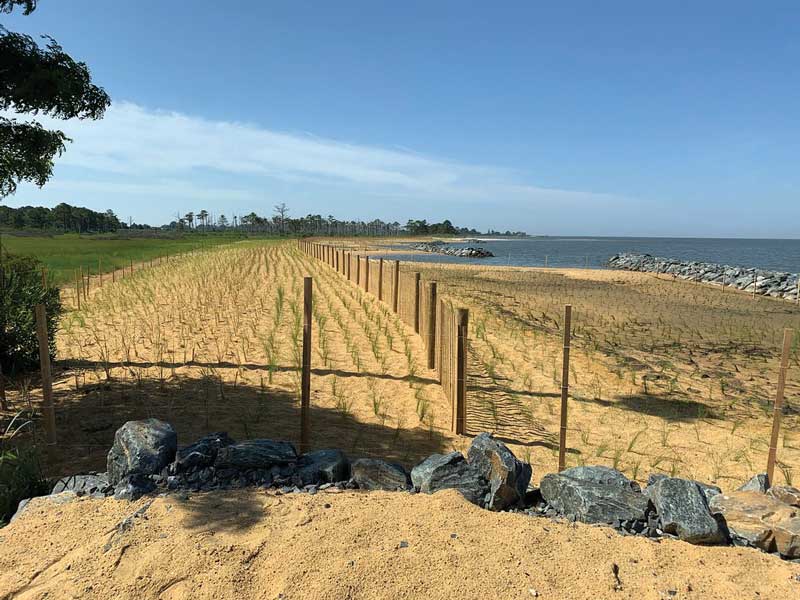This summer, the Maryland Department of Natural Resources (DNR) announced the award of $22.9 million from the Chesapeake and Atlantic Coastal Bays Trust Fund to 24 ecological restoration projects encompassing 95 sites throughout the state. The projects were selected to improve water quality and habitat in the Chesapeake Bay watershed while building local resilience to climate impacts.

The projects deploy best management practices including streamside tree buffer plantings, reforestation, stream restoration, stormwater management, and wetland creation. Grants are made possible through the Chesapeake and Atlantic Coastal Bays Trust Fund, which targets the most cost-efficient and effective non-point source pollution reduction projects.
The projects awarded this funding round will benefit local waterways and the Chesapeake Bay by removing more than 33,756 pounds of nitrogen, 4288 pounds of phosphorus, and nearly 5765 tons of sediment. In the water, these nutrient pollutants fuel algal blooms that discolor the water and remove dissolved oxygen that’s necessary for species such as fish and crabs.
Through improved connections across similar grant programs, the department is working to support more comprehensive projects that also achieve at least one of the following outcomes–fostering healthy ecosystems, building resiliency, or providing outdoor learning experiences. Find the list of grant recipients on the Maryland DNR website.
The Maryland DNR also awarded more than $3 million in competitive grants for 13 climate resilience projects. The grants will help communities design and construct solutions to withstand flooding and other weather-related events.
The projects selected will reduce risk for vulnerable communities, incorporate climate change data and information into existing plans and policies, and develop nature-based or natural solutions to help control flooding.
Funding is provided by the state’s Resiliency Through Restoration Initiative, the U.S. Environmental Protection Agency, and the National Oceanic and Atmospheric Administration.
Some of the projects include: Arundel Rivers Federation: To construct a living shoreline along the Hillsmere Sand Spit and install conservation plantings to increase climate resilience of a community marina; Blue Water Baltimore, Baltimore City: To construct a bioretention and rain garden on Ascension St. Agnes Hospital’s campus to treat stormwater runoff and address local flooding in West Baltimore; and Tilghman Island, Talbot County: To construct a 975-linear-foot living shoreline and upland stormwater practices with oyster, marsh migration, dune, wetland, and meadow components to enhance resilience.
Find the full list of grant recipients on the Maryland DNR website.